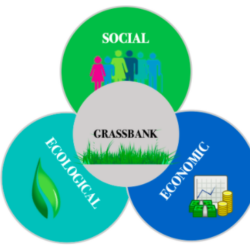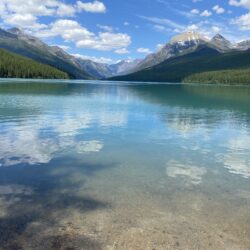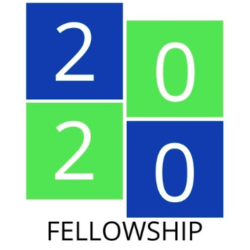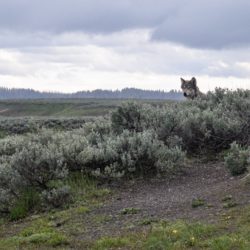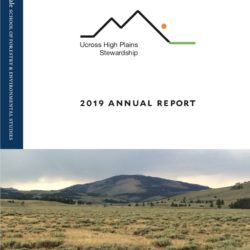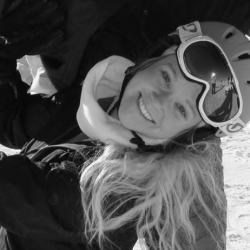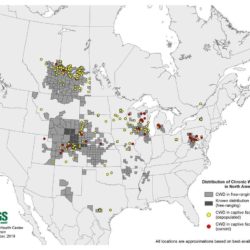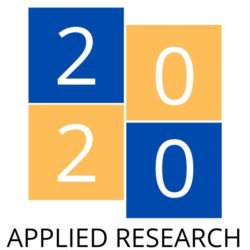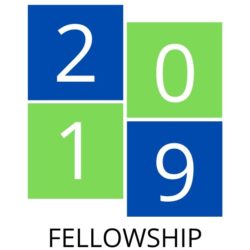Small Species, Big Impact: Communicating Biodiversity Conservation across Disciplines—Lauren Sadowski
Often, charismatic species are over-represented in scientific fields, more likely to raise funds, or considered ecologically more important than others. As a result, raising conservation advocacy, support, and awareness for megafauna species like elk, moose, bear, or wolves can be easier compared to rare, small, or uncharismatic creatures. Avians and mammals are some of the Read more about Small Species, Big Impact: Communicating Biodiversity Conservation across Disciplines—Lauren Sadowski[…]


